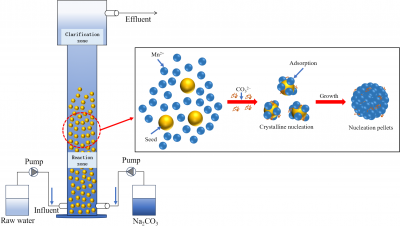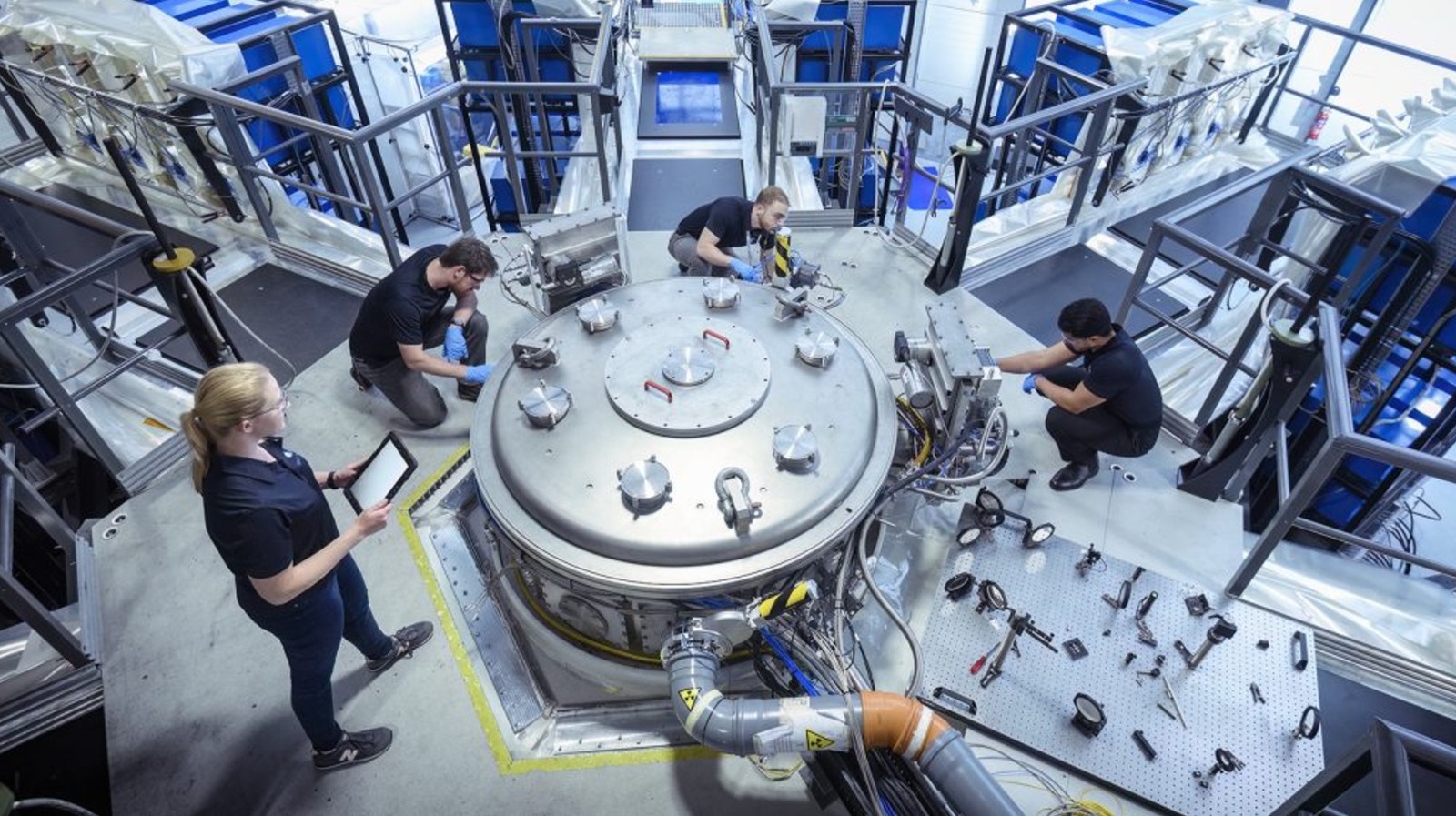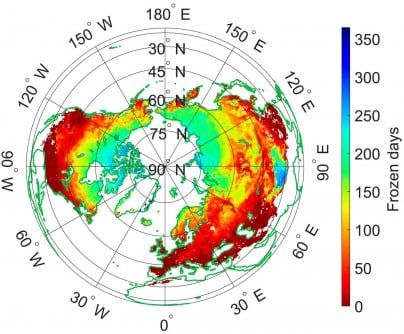Researchers at the University of Bonn have developed a groundbreaking method in plant phenotyping by creating synthetic “leaf point clouds.” This innovative approach significantly reduces the need for manual measurements and enhances the accuracy and scalability of trait estimation in plants. Published on June 16, 2025, in the journal Plant Phenomics, the study addresses longstanding challenges in accurately estimating leaf traits, which often require labor-intensive efforts by experts.
In the realm of 3D plant phenotyping, understanding crop structure and productivity has become increasingly vital. Traditional image-based methods are limited to capturing two-dimensional features, failing to adequately represent complex leaf curvature and geometry. Furthermore, existing three-dimensional approaches struggle with the scarcity of labeled data necessary for effective training. As a result, many algorithms depend on either rule-based models or synthetic data that do not accurately reflect real-world scenarios.
Innovative Generative Model for Leaf Structures
The research team led by Gianmarco Roggiolani introduced a generative model capable of producing highly realistic 3D leaf point clouds with known geometric traits. This advancement aims to facilitate crop improvement and optimize yield predictions through data-driven methodologies. The team trained a 3D convolutional neural network to generate realistic leaf structures based on skeletonized representations of actual leaves from crops such as sugar beet, maize, and tomato.
By extracting the skeletons of each leaf—comprising the petiole and the main and lateral axes defining their shapes—the researchers expanded these skeletons into dense point clouds utilizing a Gaussian mixture model. The neural network, designed as a 3D U-Net architecture, predicts per-point offsets to reconstruct complete leaf shapes while preserving their structural characteristics. The combination of reconstruction and distribution-based loss functions ensures that the generated leaves retain the geometric and statistical properties of real-world data.
Validation and Impact on Trait Prediction
To validate their method, the researchers compared their synthetic dataset against existing generative techniques and real agricultural data using metrics such as the Fréchet Inception Distance (FID), CLIP Maximum Mean Discrepancy (CMMD), and precision-recall F-scores. The results indicated that the generated leaves closely resembled real ones, outperforming alternative datasets produced by agricultural simulation software or diffusion models.
Importantly, when the synthetic data were employed to fine-tune established leaf trait estimation algorithms, including polynomial fitting and principal component analysis-based models, the accuracy and precision of trait predictions improved markedly. Tests conducted on the BonnBeetClouds3D and Pheno4D datasets confirmed that models trained with this new synthetic data estimated real leaf length and width with greater accuracy and reduced error variance.
The research team also demonstrated the capability of their approach to generate diverse leaf shapes conditioned on user-defined traits. This flexibility allows for robust benchmarking and model development without the associated costs of manual labeling.
This study signifies a substantial advancement in automating 3D plant phenotyping, alleviating the bottleneck caused by limited labeled data. By enabling the generation of realistic data based on actual plant structures, the method lays the groundwork for the development and enhancement of trait estimation algorithms in agriculture.
Future research aims to extend this approach to accommodate more complex leaf morphologies, such as compound leaves, and to integrate it with plant growth models to simulate phenotypic changes throughout various developmental stages. The team envisions the creation of open-access libraries featuring synthetic yet biologically accurate plant datasets, which will support research in sustainable agriculture, robotic phenotyping, and crop improvement amid climate challenges.
This work has received partial funding from the Deutsche Forschungsgemeinschaft (DFG, German Research Foundation) under Germany’s Excellence Strategy, EXC-2070 – 390732324 – PhenoRob.







